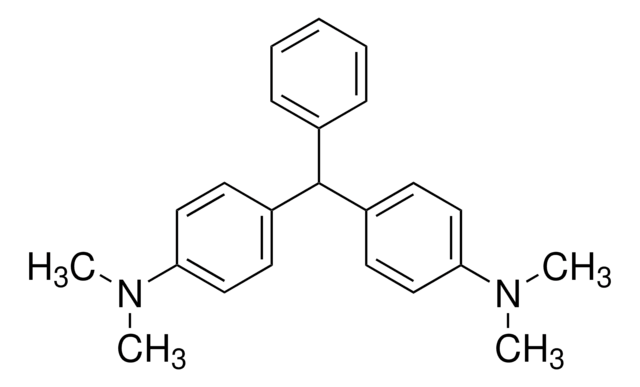MABS2071
Anti-SUMO-1 Antibody, clone 21C7
clone 21C7, from mouse
Sinónimos:
Small ubiquitin-related modifier 1, GAP-modifying protein 1, GMP1, SMT3 homolog 3, Sentrin, Ubiquitin-homology domain protein PIC1, Ubiquitin-like protein SMT3C, Smt3C, Ubiquitin-like protein UBL1
About This Item
IF
IHC
IP
WB
immunofluorescence: suitable
immunohistochemistry: suitable
immunoprecipitation (IP): suitable
western blot: suitable
Productos recomendados
biological source
mouse
antibody form
purified immunoglobulin
antibody product type
primary antibodies
clone
21C7, monoclonal
species reactivity
chicken, human, mouse, zebrafish, rat, Xenopus, fish
packaging
antibody small pack of 25 μg
technique(s)
immunocytochemistry: suitable
immunofluorescence: suitable
immunohistochemistry: suitable
immunoprecipitation (IP): suitable
western blot: suitable
isotype
IgG2b
NCBI accession no.
UniProt accession no.
target post-translational modification
unmodified
Gene Information
human ... SUMO1(7341)
General description
Specificity
Immunogen
Application
Immunocytochemistry Analysis: A representative lot detected SUMO-1 in Immunocytochemistry applications (Matunis, M.J., et. al. (1996). J Cell Biol. 135(6 Pt 1):1457-70; Zhang, X.D., et. al. (2008). Mol Cell. 29(6):729-41).
Immunoprecipitation Analysis: A representative lot immunopprecipitated SUMO-1 in Immunoprecipitation applications (Costa, M.W., et. al. (2011). PLoA One. 6(9):e24812; Becker, J., et. al. (2013). Nat Struct Mol Biol. 20(4):525-31; Girach, F., et. al. (2013). Cell Rep. 5(5):1294-301; Chanda, A., et. al. (2017). PLoS One. 12(5):e0177639).
Western Blotting Analysis: A representative lot detected SUMO-1 in Western Blotting applications (Zhang, X.D., et. al. (2008). Mol Cell. 29(6):729-41; Matunis, M.J., et. al. (1996). J Cell Biol. 135(6 Pt 1):1457-70; Rogers, R.S., et. al. (2004). Chromosoma. 113(5):233-43; Costa, M.W., et. al. (2011). PLoA One. 6(9):e24812; Becker, J., et. al. (2013). Nat Struct Mol Biol. 20(4):525-31).
Immunofluorescence Analysis: A representative lot detected SUMO-1 in Immunofluorescence applications (Girach, F., et. al. (2013). Cell Rep. 5(5):1294-301; Rogers, R.S., et. al. (2004). Chromosoma. 113(5):233-43; Matunis, M.J., et. al. (1996). J Cell Biol. 135(6 Pt 1):1457-70).
Signaling
Quality
Western Blotting Analysis: 4 µg/mL of this antibody detected SUMO-1 in HCT116 cell lysate.
Target description
Physical form
Storage and Stability
Other Notes
Disclaimer
¿No encuentra el producto adecuado?
Pruebe nuestro Herramienta de selección de productos.
Certificados de análisis (COA)
Busque Certificados de análisis (COA) introduciendo el número de lote del producto. Los números de lote se encuentran en la etiqueta del producto después de las palabras «Lot» o «Batch»
¿Ya tiene este producto?
Encuentre la documentación para los productos que ha comprado recientemente en la Biblioteca de documentos.
Nuestro equipo de científicos tiene experiencia en todas las áreas de investigación: Ciencias de la vida, Ciencia de los materiales, Síntesis química, Cromatografía, Analítica y muchas otras.
Póngase en contacto con el Servicio técnico








